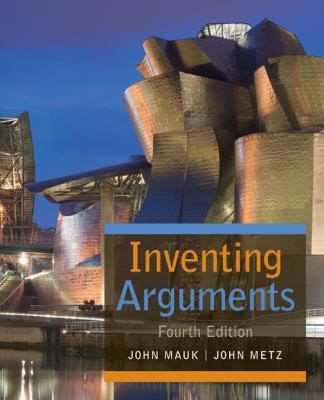
|
Aiming to help students thoroughly understand what arguments are, the book delineates the composition of an argument in Part One and discusses arguments about definitions, causes, value, and time periods in Part Two with writing guidance in Part Three. You will learn the different layers of arguments through recognising rhetorical elements in various contexts. Each chapter provides thought-provoking activities.
Highlights include counterargument (pp. 54), concession (pp. 56), arguments in disguise (pp. 79), summary versus analysis (pp. 88), inventing a claim (pp. 136, 268, 296), inventing support (pp. 138, 270, 299), and evaluating sources (pp. 329).
|
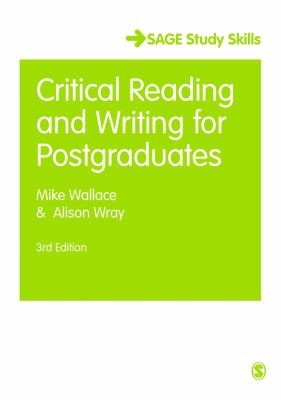
|
The book explicates the concept of “critical” in Part One and guides you how to develop a critical analysis in Part Two, appealing to undergraduates as well as postgraduates. Part Three discusses how to craft critical literature reviews in dissertations. The critical thinking skills introduced in the book will enhance your ability to understand and write academic texts.
Highlights include critical reading (pp. 34), self-critical writing (pp. 51), tools for thinking and ways of thinking (pp. 84), knowledge claims and their key characteristics (pp. 106), and developing a critical analysis of a text (pp. 123).
|
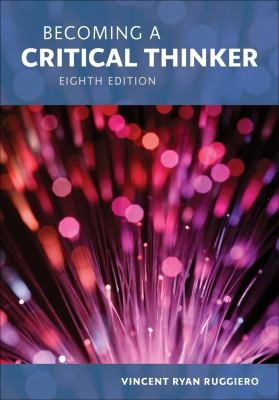
|
Covering not only academic contexts but also everyday situations, the book demonstrates critical thinking skills to students in a lively manner. A critical thinking approach W.I.S.E., which stands for Wonder, Investigate, Speculate, and Evaluate, is introduced with good thinking stories and exercises throughout the book, helping you think critically in different contexts.
Highlights include introducing the W.I.S.E approach, (pp. 26), a caution about bias (pp. 40), strategies for developing individuality (pp. 88), and thinking critically about ethical judgments (pp. 162).
|

|
Focusing on both critical and creative thinking, the guide introduces concepts and theories in the beginning chapters and provides examples and demonstrations for applying thinking techniques and strategies in later chapters. With exercises throughout the 14 chapters, you will be able to practise your reasoning and judging skills. The book will help you understand both critical and creative thinking.
Highlights include developing critical thinking (Ch. 1), sound thinking (Ch. 6), thinking fallacies (Ch. 7), and parallel thinking and lateral thinking (Ch. 9).
|
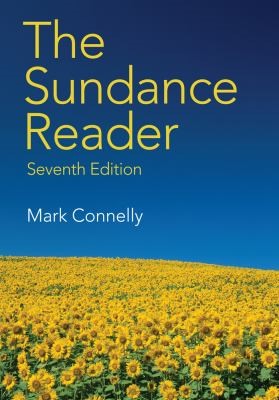
|
Featuring a number of critical essays and articles from various academic disciplines and professions, the book guides you to understand the texts by recommending reading strategies and explaining writing techniques. Taking the approach of learning through reading, you will raise your awareness towards critical thinking components in the reading process and understand the structure of and presentation techniques in critical texts.
Highlights include strategies for improving critical thinking (pp. 18), critical reading (pp. 42), reading comparison and contrast (pp. 184), reading division and classification (pp. 292), reading argument and persuasion (pp. 437).
|
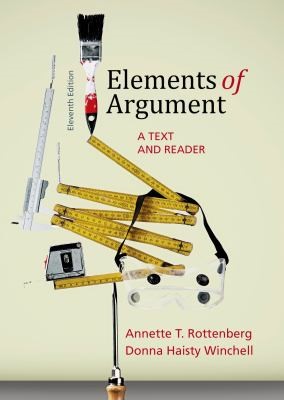
|
The elements of argument covered in the book include definitions, claims, support, warrants, and logic. Each element is elaborated with annotated essays while writing guides and exercises for analysing arguments are provided throughout the book. You will learn how to analyse issues from different perspectives and think more critically. Your writing skills in presenting arguments and critical ideas will also be enhanced.
Highlights include examining written arguments (Ch. 2), warrants: examining assumptions (Ch. 7), and logic: understanding reasoning (Ch. 10).
|